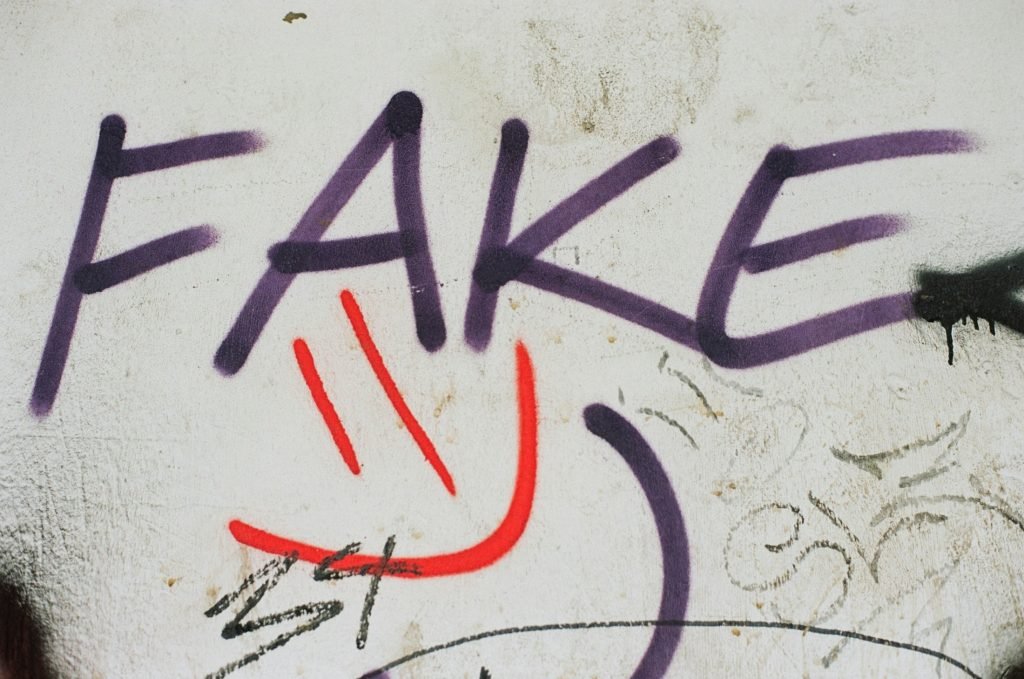
From Deepfake Protection to Broad Regulation?
What started as a focused initiative to combat the misuse of AI-generated deepfakes has ballooned into something much larger—and, critics argue, far more dangerous. The NO FAKES Act (Nurture Originals, Foster Art, and Keep Entertainment Safe), originally proposed to protect individuals from unauthorized digital replicas, is now being criticized for morphing into a potential tool for online censorship.
Expanding Scope Alarms Digital Rights Groups
Initially pitched as a reasonable response to the rise of synthetic media and celebrity deepfakes, the bill has since expanded into a much broader framework. Organizations like the Electronic Frontier Foundation (EFF) are raising red flags, calling it a “federal image-licensing regime” with censorship risks that extend far beyond its intended purpose.
Under the revised provisions, platforms would be required not only to remove flagged content but to proactively block similar material from being uploaded again. This implies the mandated deployment of content filtering systems—technology that is notoriously error-prone and often overzealous in its takedowns.
Threat to Innovation in AI and Creative Tools
One of the bill’s most controversial elements is how it treats the very tools and software used to create digital content. Rather than targeting misuse alone, the legislation threatens to penalize platforms and developers whose products could potentially be used for unauthorized content creation—even if that wasn’t their primary function.
This approach could stifle innovation, particularly among smaller startups in the AI and creative tech space. Unlike tech giants with vast legal and compliance teams, emerging companies might be forced to abandon promising projects simply to avoid legal uncertainty or costly lawsuits.
The language in the bill, such as tools being “primarily designed” for unauthorized replication, is seen as vague and open to abuse, leaving small developers especially vulnerable to preemptive legal challenges.
Algorithmic Filtering: Imperfect and Overreaching
If passed, the NO FAKES Act would demand the rollout of automated filtering systems—similar to YouTube’s ContentID—across a wide swath of internet platforms. While there are protections written into the bill for satire, parody, and commentary, algorithms consistently struggle to interpret context. This can result in the censorship of entirely legal content.
As the EFF points out, such filters could easily confuse two distinct pieces of music, or mislabel a performance of public domain content as a violation. The burden of compliance may push smaller platforms toward over-censorship, effectively silencing creators to avoid potential legal consequences.
Big Tech’s Silence: A Strategic Advantage?
Surprisingly, major tech firms have remained quiet on the bill’s sweeping provisions. Some observers believe this is no accident. Companies like Google and Meta may actually benefit from these regulations, which impose heavy compliance costs that smaller competitors simply can’t match—effectively reinforcing their dominance in the tech industry.
This dynamic reflects a familiar pattern: regulations aimed at curbing Big Tech often entrench the very power structures they intend to dismantle.
Privacy at Risk: Anonymous Speech Under Fire
Perhaps the most concerning element is a new clause allowing user identification through subpoenas, even without judicial oversight. The proposed mechanism would enable companies or individuals to unmask anonymous users based on unproven allegations—a significant threat to online anonymity, whistleblowing, and journalistic freedom.
By allowing identities to be revealed without rigorous legal scrutiny, critics argue the bill could be weaponized to intimidate dissenters or silence legitimate criticism. This sets a troubling precedent, particularly in an era where digital privacy is already under siege.
A Broader Trend Toward Heavy-Handed Oversight
The timing of this proposal is especially notable, given the recent passage of the Take It Down Act, which already seeks to combat harmful image distribution online. Rather than assessing the real-world impact of that law, legislators are now racing forward with additional, more invasive regulations.
For many in the tech, creative, and civil liberties communities, the revised NO FAKES Act represents a turning point—where efforts to fight misinformation and misuse begin to collide with foundational internet freedoms.
Final Thoughts: Internet Governance at a Crossroads
As the NO FAKES Act moves through legislative channels, its implications grow more serious. While combating AI misuse is undeniably important, doing so through vague language, aggressive filtering, and potential surveillance raises critical ethical and legal questions.
Will this law become a responsible shield against deepfakes—or a blunt instrument that reshapes digital freedom as we know it?
One thing is clear: the future of internet regulation, content creation, and anonymous speech may all be impacted by what happens next.

